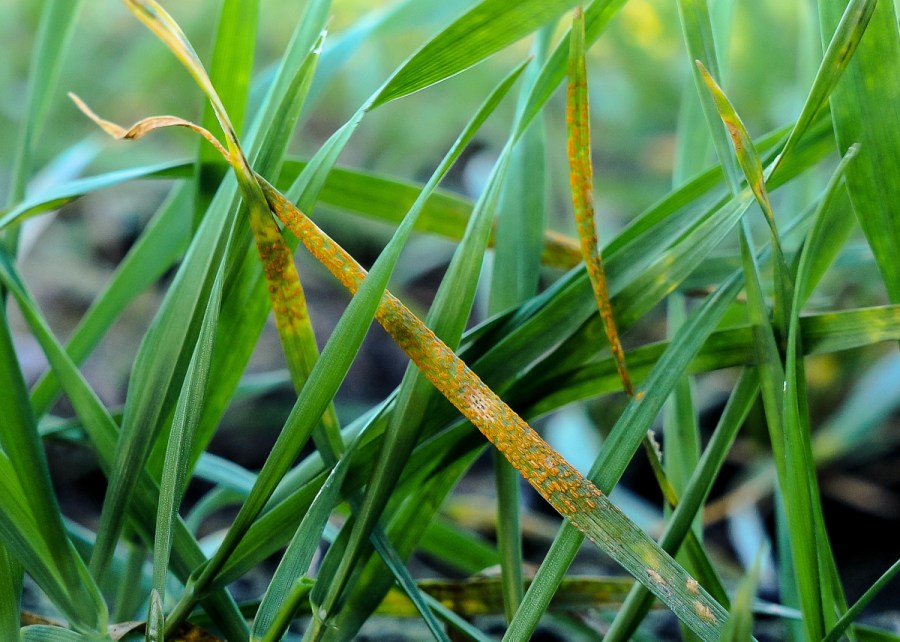The UK Cereal Pathogen Virulence Survey (UKCPVS) project has issued an urgent call for samples of yellow and brown rust in wheat.
Despite reports of interesting observations in the field, the UKCPVS team says it has received a lower number of rust samples compared with this time last year.
The UKCPVS monitors cereal rusts and mildews in the UK, detecting and warning industry and growers of new races of disease emerging on resistant varieties. It’s funded by Defra and AHDB and has been managed by NIAB since its inception over 50 years ago.
Project goals
The role of UKCPVS includes:
- Monitoring changes in virulence of UK cereal pathogen populations
- Maintaining and improving variety disease resistance allowing growers to prioritise other characteristics such as yield and quality when choosing a variety
- Enabling breeders and variety testing authorities to screen out potential new varieties and breeding lines that are too susceptible to new races of disease before they get to the AHDB Recommended List stage or onto farm
- Providing information to assist disease risk management on farm; underpinning RL disease resistance ratings and assessing the threat that each new race poses to the full range of commercial varieties.
The team behind the project say it’s important to send in infected leaf samples from a range of varieties from across the UK to help provide a robust assessment of pathogen populations within the UK, which is needed to direct plant breeding efforts and crop management.
Sampling details
Wheat yellow and brown rust samples (as well as wheat and barley mildew samples) from all RL and RL candidate varieties from across the country are welcomed.
More information on sampling can be found here.




